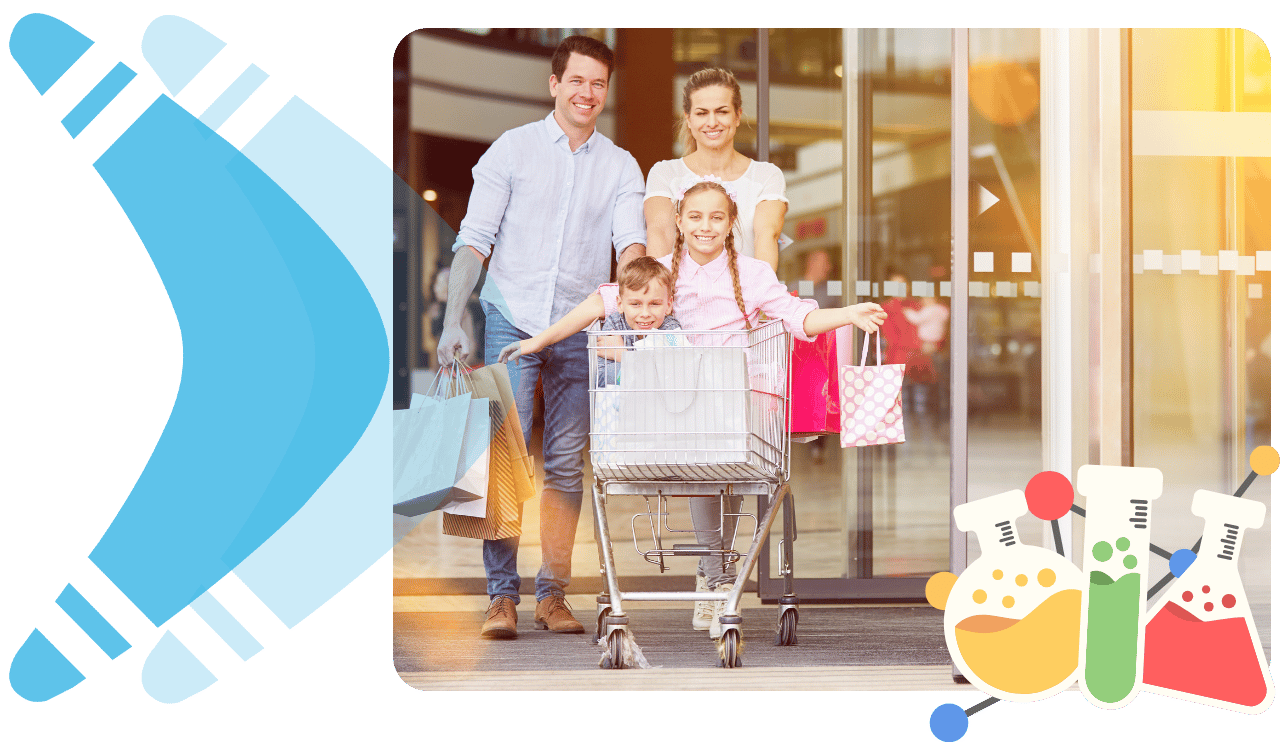Contrary to popular belief, many sciences underpin customer experience and customer experience management. Social sciences, in particular, play a significant role, but various other disciplines are also involved. From psychology to sociology, behavioral sciences to economics, and many more fields contribute to understanding consumer behavior, consumption tendencies, preferences, expectations, demands, and numerous other consumer-related issues.
Understanding Customer Preferences
Customer perceptions, intentions, tendencies, and behaviors must be systematically studied and analyzed to reach the right consumer at the right time with the right tools. At these points and beyond, the above mentioned sciences help businesses and relevant departments better understand consumers, draw meaningful conclusions from these insights, and apply them effectively.
Bringing products or services to consumers is more than just economics. There are a variety of unique or common reasons for individuals or groups to choose, buy, consume, and use products, services, brands, or the experiences offered by these brands. It is at these points that these sciences show businesses, brands, and the employees of the relevant departments the realities behind the visible. If you aim to deliver a personalized customer experience, understanding customer preferences is critical.
Psychology of the Customer
Negative elements in the customer experience are mostly psychological and partly due to objective/general reasons. For example, uncertainty is one of the most unpleasant moments for the consumer. For example, you want to travel with a shared car. You accessed an app and selected a vehicle that suits you. If the app you are using does not eliminate the uncertainty of when the next car will be there as soon as possible, location information, and many other uncertain situations, you would prefer to leave that app immediately and go to a different product that does this.
At the same time, choice and being faced with too much information and too many options is something that consumers try to avoid in the long term. This is where brands like Amazon, Netflix, and Spotify stand out from the competition. These brands and many others track the consumer’s behavior on the app or website in the background and show them the appropriate ones, preventing them from struggling with selection or drowning in options.
How Do We Remember Experiences?
Another prominent topic in psychology and behavioral sciences is how experiences are remembered by consumers. To understand and explain how we remember experiences, the Peak-End Rule experience evaluation system was developed by psychologist Daniel Kahneman in the early 90s. According to Kahneman, the experience is not evaluated and remembered as a whole. At the same time, the length of the experience is not very important in the trace left by the experience. The emotional peak of an experience and how the experience ended constitute what is remembered from the experience in retrospect.
The moments when the experience is felt emotionally intense and how an experience will end when it will end is through understanding the consumer correctly and acting accordingly. When consumers look back, they will remember the bad, not the good. Because this is how our minds record memories and recall them from the past.
Standard Life and Customer Satisfaction
Standard Life, a US insurance company, achieved a 13% increase in customer satisfaction (from 67% to 80%) by changing just one question at the end of a customer call (they made a few more changes along these lines). Previously, at the end of the call, they would ask “Now that we’ve taken care of your issue, is there anything else I can help you with today?” and “Would you like to take our survey about the quality of the service you received?”, which often ended with a negative “no”. In the minds of the customers, this experience was perceived as ending more negatively. With the improvement, they revised the question as “Did we meet everything you asked us today?”. As a result, if all the problems are met, the customer ends the experience with “yes”, that is, in a positive way.
How Can Businesses Benefit?
So how can businesses benefit from the science behind customer experience? First of all, having people who come from this perspective and have received their education in this direction within the team will be one of the first steps to be taken. Then, it may be necessary to redesign the customer journey from the first moment the customer comes into touch with the brand to meet the product or service and beyond. By examining customer behavior and demands at each point of touch in a real-time and 360-degree manner, continuous improvements and innovations should be made on how the process can be smoother and closer to perfection.
Meet Wiseback
Would you like to review your business’s end-to-end customer experience processes, utilize technology effectively, and propel the customer experience you offer into the future? For more information about Wiseback solutions, feel free to contact us.
